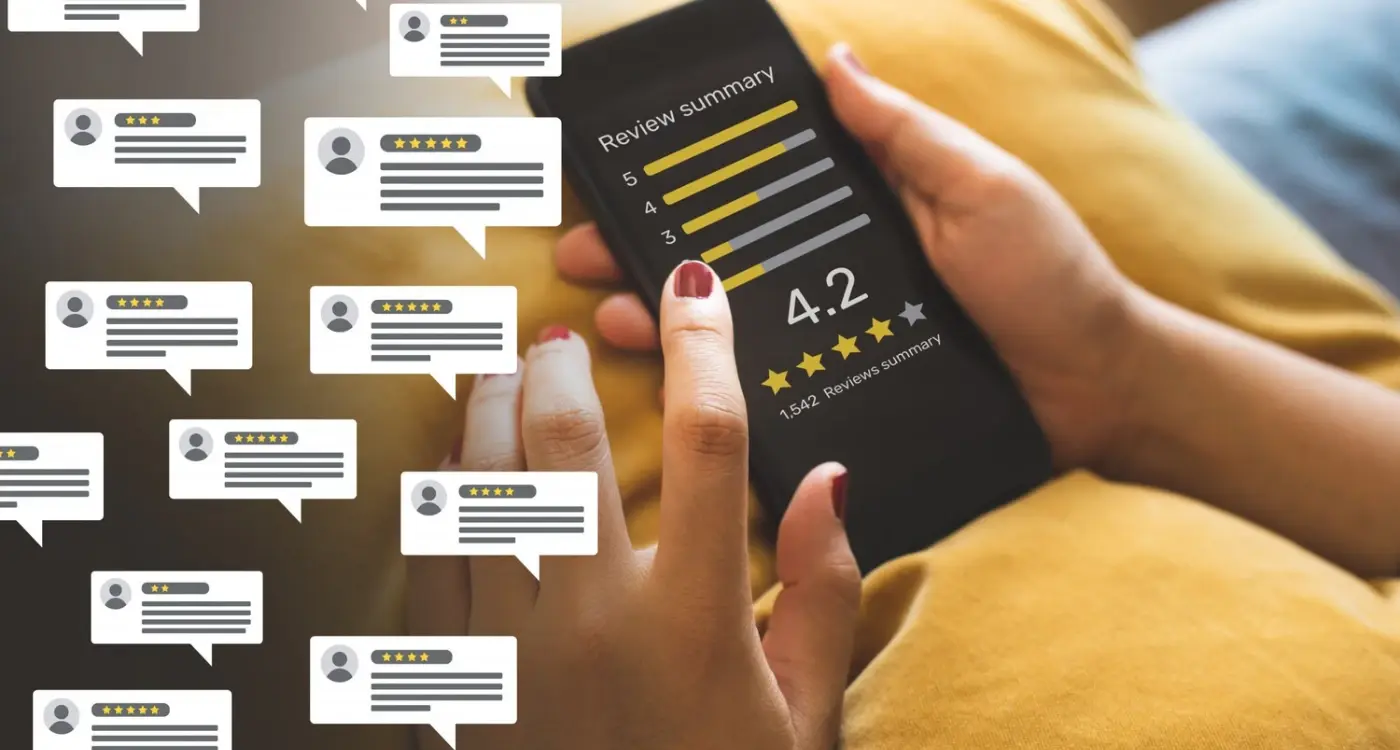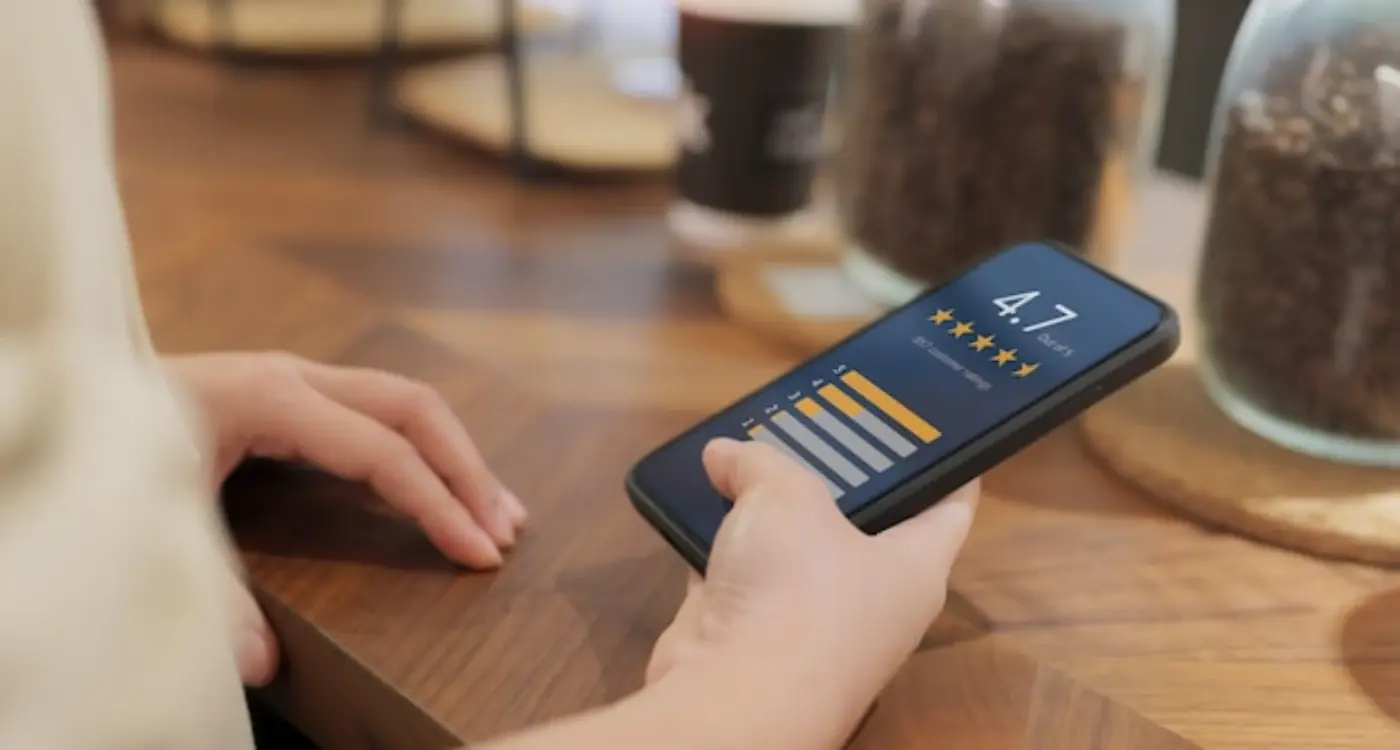How Long Does It Take To See Results From A Mobile App?
Shocking stat time... 80% of mobile apps are deleted within just three days of being downloaded. That's right—three days. Yet business owners keep asking me the same question: "When will I see results from my mobile app?" The answer isn't what most people want to hear, but it's what they need to know.
After building countless apps for businesses ranging from local startups to major brands, I've learned that expecting instant success is the fastest way to disappointment. The app ROI timeline varies wildly depending on your industry, target audience, and—most importantly—how you define "results." Some businesses see engagement spikes in their first week, whilst others don't hit their stride until month eight or beyond.
Success in mobile apps isn't about overnight miracles; it's about understanding the journey and setting realistic expectations from day one
The mobile app results timeframe depends on multiple factors: your marketing strategy, user acquisition approach, app quality, and market competition. What I can tell you is that most successful apps follow predictable patterns—patterns we'll explore throughout this guide. By understanding these timelines and benchmarks, you'll know exactly what to expect and when to expect it, helping you make informed decisions about your app's future.
Understanding Mobile App Success Metrics
Before we talk about timelines, we need to get clear on what "success" actually means for your mobile app. I've worked with clients who thought 50 downloads in the first week was brilliant, and others who were disappointed with 10,000. The truth is, success looks different for every app—and measuring the wrong things can lead you completely off track.
The Metrics That Actually Matter
Downloads are nice, but they don't pay the bills. What you really want to track are the numbers that show people find your app useful and worth keeping around. Active users tell you if people come back after trying your app once. Retention rates show whether your app solves a real problem or just takes up storage space. Revenue per user matters if you're planning to make money, and session length reveals how engaging your content really is.
Setting Realistic Benchmarks
Here's something that might surprise you—most apps lose 80% of their users within the first week. That sounds scary, but it's normal across the industry. Gaming apps typically see different patterns than productivity apps; social platforms behave differently to e-commerce ones. Your benchmarks should reflect your specific category and target audience, not some generic "best practice" you found online.
The First 30 Days—What Actually Happens?
Right, let's talk about what really happens in those first thirty days after your app goes live. I've watched hundreds of apps launch over the years and the pattern is almost always the same—initial excitement followed by a reality check that can be quite sobering.
Your download numbers will likely be lower than expected. Much lower. Unless you've got a massive marketing budget or some serious PR backing, most apps see between 10-100 downloads in their first week. The app engagement timeline is brutally honest here; most users will open your app once, maybe twice, then forget it exists.
The Download Drop-Off
Here's what the mobile app results timeframe actually looks like: Week one might bring a small spike from friends, family, and your immediate network. Week two usually shows a significant drop-off—sometimes 70-80% fewer downloads. By week three and four, you're looking at single-digit daily downloads unless you're actively promoting.
User Behaviour Reality
The users who do download your app will be experimenting. They're not committed yet; they're just having a look around. Your app marketing results during this period aren't really results at all—they're more like initial impressions. Most won't complete registration flows or make purchases.
Don't panic about low numbers in month one. Focus on learning from the users you do have rather than chasing vanity metrics.
This first month is about gathering data, not celebrating success. The app ROI timeline doesn't even begin until you understand how people actually use your product.
Month 2-6: When Real Patterns Start Showing
Right, here's where things get interesting—and a bit nerve-wracking if I'm being honest. After the initial download rush dies down, you'll start seeing what your app is actually made of. This is when the fake enthusiasm disappears and real user behaviour kicks in.
The Numbers Don't Lie Anymore
By month two, you'll know if people are actually using your app or just downloading it out of curiosity. I've seen apps with thousands of downloads but hardly any daily active users—that's a red flag right there. Your retention rates will stabilise around this time; if you're keeping 15-20% of users after 30 days, you're doing well. Less than 10%? Time to make some changes.
User Feedback Gets Real
The polite feedback stops and honest reviews start flooding in. Users will tell you exactly what's broken, what's confusing, and what they actually want. Don't take it personally—this feedback is gold dust for improving your app. I always tell clients that negative reviews in months 2-4 are better than no reviews at all; at least people care enough to complain! By month six, you should see clear patterns in how people use your app and what features they ignore completely.
The 6-12 Month Mark—Where Most Apps Find Their Groove
Here's where things get interesting—and honestly, where I see most apps either make it or break it. By month six you've got real data coming in, not just those early downloads that might have been your mum and your mates testing things out! Your app marketing results start showing genuine patterns and the mobile app results timeframe becomes much clearer.
This is when your retention rates stabilise and you can actually predict what's going to happen next month. User behaviour becomes predictable; you know when people open your app, what they do first, and—more importantly—why they stick around or leave. Your app engagement timeline starts making sense because you've seen users go through multiple cycles of using your app.
The App ROI Timeline Reality Check
Most apps I've worked with see their first real return on investment somewhere between months eight and twelve. Not month two, not month three—despite what some people might tell you! The apps that do well have usually figured out their user acquisition costs, their lifetime value calculations are solid, and they've tweaked their onboarding process at least three times.
By month ten, successful apps typically see 40% higher engagement rates compared to their three-month mark, simply because they've had time to optimise based on real user feedback
This period separates the apps that were built with a solid strategy from those that were just good ideas. Your marketing spend becomes more predictable and your user base starts growing through word-of-mouth rather than just paid advertising.
Factors That Speed Up Your Results Timeline
After years of launching apps—some that took off like rockets and others that crawled along for months—I've noticed certain patterns that separate the quick wins from the slow burns. The good news? Most of these speed-boosting factors are within your control.
Pre-Launch Planning Makes All the Difference
Apps that see results quickly don't just appear overnight. They've usually had months of groundwork laid before launch day. Market research, user testing, and having a clear understanding of your target audience can shave weeks off your timeline. I've seen apps gain traction in their first month simply because the team knew exactly who they were building for and where to find them.
Your Launch Strategy Sets the Pace
The apps that see fast results rarely launch quietly. They coordinate their marketing efforts, reach out to their networks, and often have a content strategy ready to go. Social media buzz, press coverage, and word-of-mouth referrals can accelerate your growth significantly.
The apps that struggle for months often skip these steps and wonder why nobody's downloading their brilliant creation.
Common Mistakes That Slow Down App Performance
After years of watching apps succeed and fail, I can tell you that most performance issues aren't technical—they're strategic. The biggest mistake I see? Launching without proper user testing. You might think your app is brilliant, but if real users can't figure out how to complete basic tasks within the first few minutes, your app ROI timeline gets pushed back by months.
Poor Onboarding Kills Results Fast
Here's what happens: new users download your app, open it, get confused by too many screens or unclear instructions, then delete it. Your mobile app results timeframe just went from weeks to never. I've seen apps lose 80% of users during onboarding because they tried to explain everything at once instead of letting people learn by doing.
Ignoring App Store Optimisation
Your app marketing results depend heavily on people finding your app in the first place. Yet so many developers upload their app with generic descriptions and random screenshots. Without proper keywords and compelling visuals, you're making potential users scroll right past you. This directly impacts your app engagement timeline because fewer downloads means less data to work with.
Test your app with five strangers before launch. If they can't complete your main task without help, neither will your real users.
The worst part? These mistakes compound over time, making your entire timeline longer than it needs to be.
Industry Benchmarks and Realistic Expectations
After years of building apps and watching their performance, I can tell you that most people's expectations are completely off. They think success happens overnight—it doesn't. The data tells a much more realistic story.
What the Numbers Actually Show
Here's what you can expect: most successful apps see their first real traction around month 3-4, not week 1. Download numbers in the first month are typically low unless you've got a massive marketing budget behind you. We're talking hundreds of downloads, not thousands. User retention rates hover around 20-25% after the first week for decent apps—that means 75% of people who download your app won't use it again within a week.
Revenue Reality Check
Revenue is even slower to materialise. Apps that eventually make money usually don't see meaningful income until months 6-9. The average app makes less than £500 in its first year—that's not a typo. Even apps that go on to be profitable often lose money for the first 12-18 months.
This isn't meant to discourage you; it's meant to set proper expectations. Building a successful app is a marathon, not a sprint. Plan your budget and timeline accordingly, because the apps that succeed are the ones that stick around long enough to find their audience.
Conclusion
After working with hundreds of apps over the years, I can tell you that understanding your app ROI timeline isn't just about numbers—it's about setting realistic expectations and making smart decisions along the way. Most app owners get frustrated because they expect overnight success, but the reality is that meaningful mobile app results timeframe typically spans 6-12 months before you see consistent patterns.
The first 30 days will give you initial data; months 2-6 show you where things are heading, and by the 6-12 month mark most apps find their rhythm. Your app marketing results depend heavily on how well you understand your users, how quickly you iterate based on feedback, and whether you're tracking the right metrics from day one.
What I've learned is that successful apps aren't built by accident—they're built by teams who understand that app engagement timeline varies by industry, user type, and app complexity. The apps that thrive are the ones where founders stay patient during the early months whilst actively working to improve their product based on real user data, not guesswork.
Your app's success timeline is unique to your situation, but the principles we've covered here apply across the board. Stay focused on your users, measure what matters, and give your app the time it needs to find its place in the market.
Share this
Subscribe To Our Learning Centre
You May Also Like
These Related Guides

Should I Pay for App Reviews or Grow Them Naturally?

How Do I Get More People to Rate My App in the Store?



